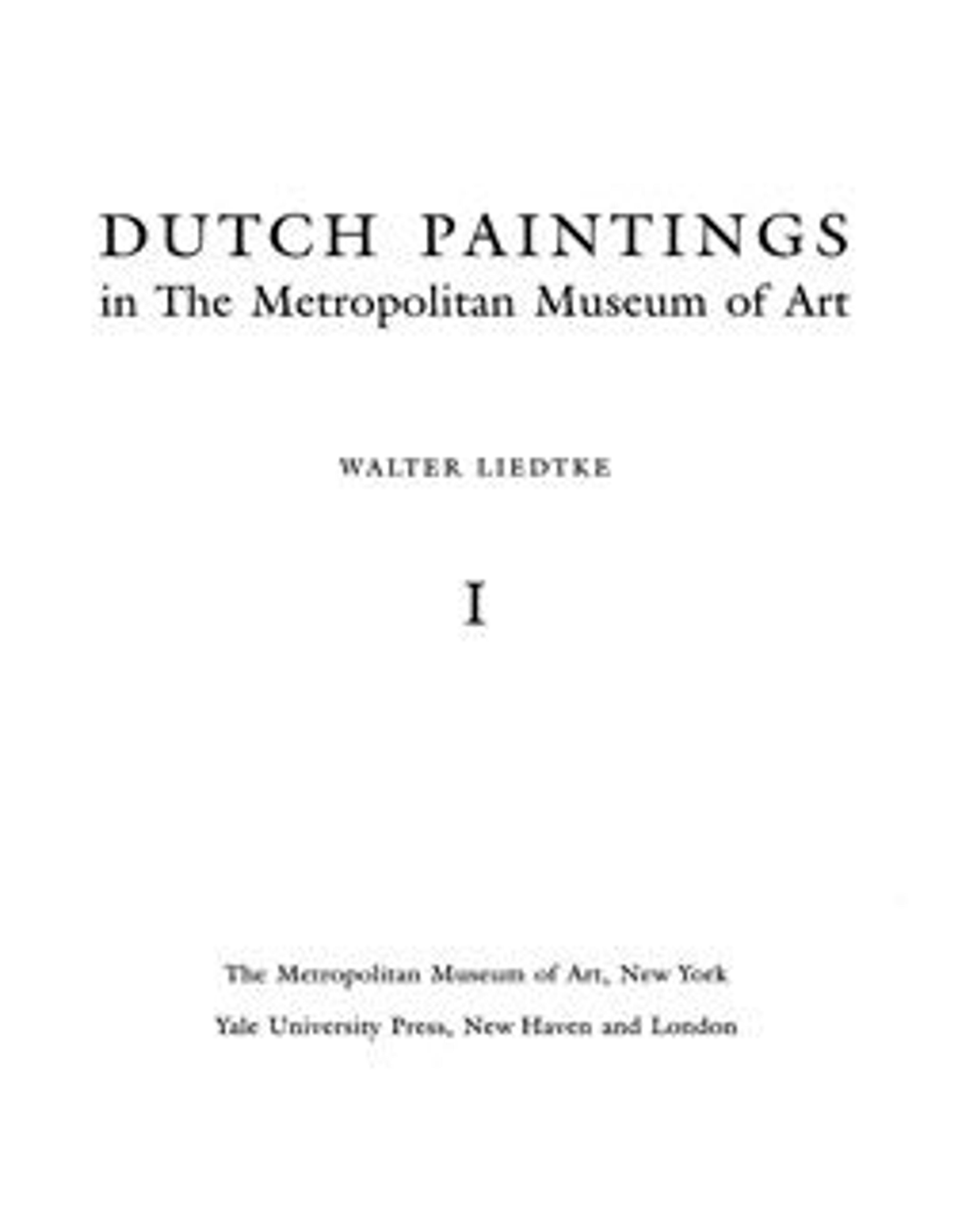Man with a Beard
Though generally accepted by Rembrandt scholars until about 1940, this canvas was considered an eighteenth-century imitation by F. Schmidt-Degener in 1935. Supporting this view is the sketchy execution, which is superficially similar to that found in Rembrandt's "study heads" painted on a much smaller scale; the light chalk ground and the man's collar appears fancifully to adopt an older Dutch form. The palette, the loose brushwork, and the frontal presentation of the figure recall Rembrandt's style of about 1665. The date is inscribed on the picture, but the simple application of parallel brushstrokes, resulting in flat and insubstantial forms, the awkwardly abrupt contrasts of light and shade, and, finally, the absence of any convincing indication of personality or thought are entirely alien to the master's mature manner. Quite a few Rembrandt imitations and forgeries date from the eighteenth century in England, where this painting was first recorded in the collection of Sir William Knighton (died 1836)
Artwork Details
- Title: Man with a Beard
- Artist: Style of Rembrandt (17th century or later)
- Medium: Oil on canvas
- Dimensions: 28 7/8 x 25 1/4 in. (73.3 x 64.1 cm)
- Classification: Paintings
- Credit Line: Marquand Collection, Gift of Henry G. Marquand, 1889
- Object Number: 89.15.3
- Curatorial Department: European Paintings
More Artwork
Research Resources
The Met provides unparalleled resources for research and welcomes an international community of students and scholars. The Met's Open Access API is where creators and researchers can connect to the The Met collection. Open Access data and public domain images are available for unrestricted commercial and noncommercial use without permission or fee.
To request images under copyright and other restrictions, please use this Image Request form.
Feedback
We continue to research and examine historical and cultural context for objects in The Met collection. If you have comments or questions about this object record, please complete and submit this form. The Museum looks forward to receiving your comments.
